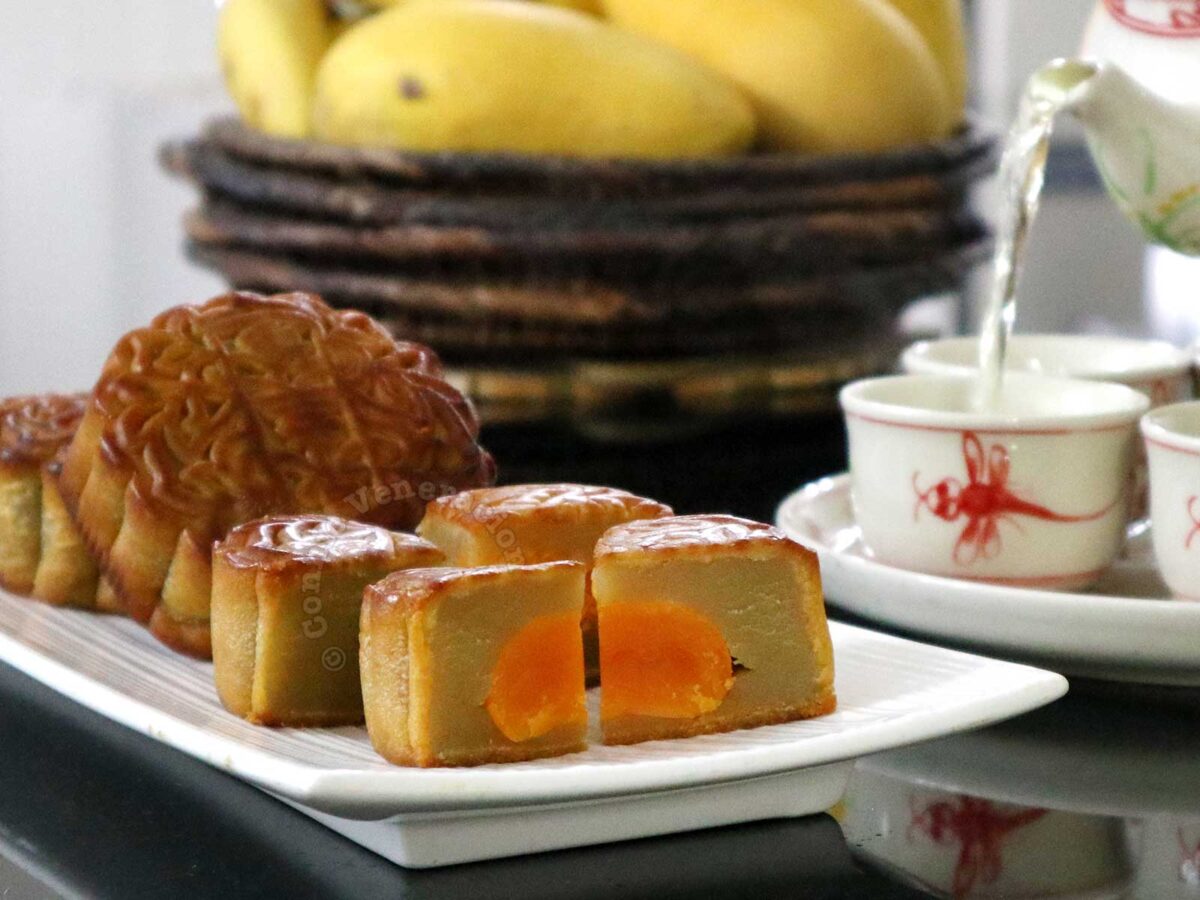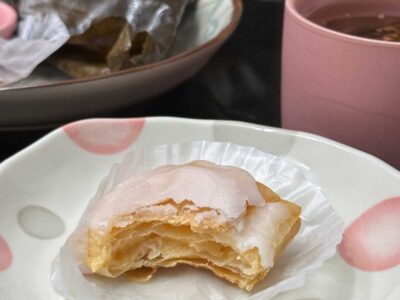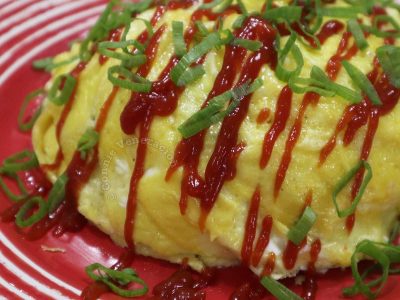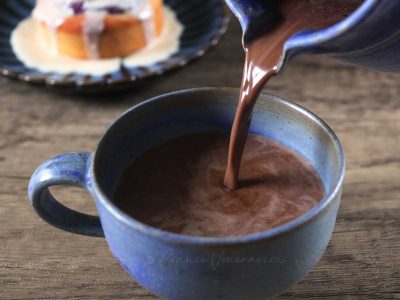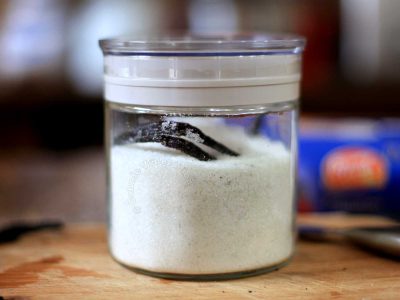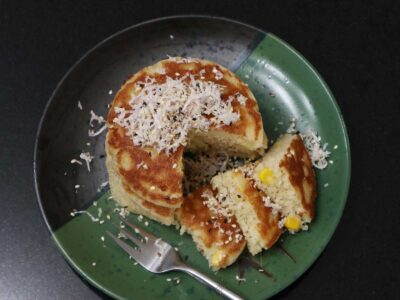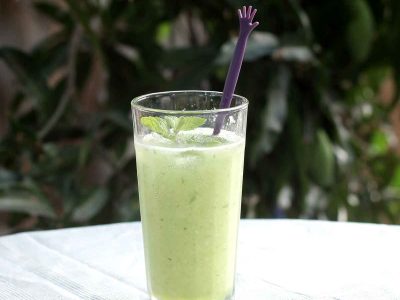Back in 2017 (when I didn’t know any better), in anticipation of the Mid-Autumn Festival and wanting so much to write about it, I told my husband we should buy mooncakes so I could take photos to serve as a backdrop for a story. Oh, no, he said. Mooncakes are given as gifts. You can’t buy them and eat them. He has had enough Chinese clients in the past to know.
Dismayed that any story emanating from mooncakes that we ourselves bought would lack an authentic angle, the plan to write about mooncakes died and got swiftly buried.
Weeks later, my daughter, Sam, came home with mooncakes. It was way past midnight when, after I did a final check downstairs before going to bed, I saw her coming out of her bedroom. She must have heard me making noises in the corridor and, realizing I was still awake, she handed me the mooncakes.
I should have anticipated that. For the last couple of years, David’s (Sam’s best friend) parents have been giving us mooncakes during the Mid-Autumn Festival.
What are mooncakes?
A mooncake is a Chinese pastry with a soft and lightly chewy skin and a dense sweet filling. The most widely known filling is made with red or green bean paste, or lotus seed paste. There is often a whole egg yolk at the center, from salted duck egg, which symbolizes the moon.
But did you know that mooncake varies from region to region in China? Cantonese-style mooncakes may have ham, roast pork or duck in the filling. The crust is flaky in the case of Teochew mooncakes. There are chocolate, green tea and even cream cheese mooncakes!
But whatever the filling and color of the skin, mooncakes are luxuriously packaged to highlight that it is a special dish eaten on a special occasion, and especially during the Mid-Autumn Festival.
What is the Mid-Autumn Festival?
The Mid-Autumn Festival is an offering of thanks for a bountiful harvest. It is celebrated on the 15th day of the eighth lunar month when there is a full moon. The festival originated in China but its celebration has spread to other parts of Asia.
Next to the Lunar New Year, the Mid-Autumn Festival is the biggest Chinese festival and holiday. Prior to 2020, there were dragon and lion dances on the streets of Manila’s Chinatown accompanied by fireworks, lanterns, and food galore — especially mooncakes, of course. Whether the street celebrations will resume this year is anyone’s guess.
The Chinese have been holding post harvest celebrations during the August full moon for thousands of years going as far back as the Shang Dynasty (1600-1046 BCE).
There are many legends and folk tales associated with the harvest festival including those of a wife who tried prevent the theft of an elixir that gave immortality, a man seeking immortality who was given an impossible task as a punishment and a virtuous rabbit who came to be known as the Jade Rabbit.
But mooncake did not form part of the Chinese Mid-Autumn traditions until the Yuan Dynasty.
What the mooncake symbolizes
You must have come across the name Genghis Khan and that of his grandson, Kublai Khan. No? Genghis Khan was the founder of the Mongol Empire which he was able to extend. By the time of his death, the Mongol empire included a substantial part of China.
Kublai Khan was 12 when his grandfather died in 1227. Plenty of bickering and power struggle among Genghis Khan’s heirs followed. But, in 1271, Kublai Khan officially established the Yuan dynasty in China. In 1279, the conquest of China was complete when the Song Dynasty that still ruled the south fell in the Battle of Yamen.
So, there was a conquest dynasty established by the Mongols. The subjugated Han Chinese were not happy. According to folk tale, toward the end of the Yuan Dynasty, the mooncake played an important role in finally ending the Mongol rule of China.
…the mooncake has come a long way since the first one rolled out of the oven of an enterprising revolutionary by the name of Chu Yuan-chang (朱元璋) during the Yuan Dynasty (1279 to 1368).
Looking for a way to incite the Han people into revolt against the much-despised Mongols without alerting them, Chu, with the help of his confidant, Liu po-wen (劉伯溫), circulated a rumor that a plague was ravaging the land. The only way to prevent a disaster was to eat special mooncakes that were distributed by Chu and his fellow revolutionaries.
Distributed solely to Han people, on the outside the cakes looked normal enough. Inside, however, lay a message giving to the day on which the anti-Yuan insurrection was to begin.
Reading “revolt on the 15th day of the eighth lunar month” the date has since become one of the most important holidays in the Chinese calendar, second only to the Lunar New Year itself.
While mooncakes are no longer used to incite rebellion — nowadays they represent family unity and perfection — there has been a revolution in the way in which they are manufactured and packaged.
“A New Mooncake Rising“, Taipei Times
Evolution of the mooncake
And so the mooncake became a fixture in the Mid-Autumn Festival. Over time, variants multiplied. First came regional variations. More recently, with concerns over the amount of fat and sugar in mooncakes, versions that are more in tune with modern health standards began coming out. Mooncake with carrot filling? They exist. Mooncake with tomato filling? They are on the market too.
Are they any good? Haven’t tried them. Yet. For now, I’m quite happy with the ultra rich old school mooncakes. Love them with all that lard and sugar. I get to enjoy them just once a year anyway.

